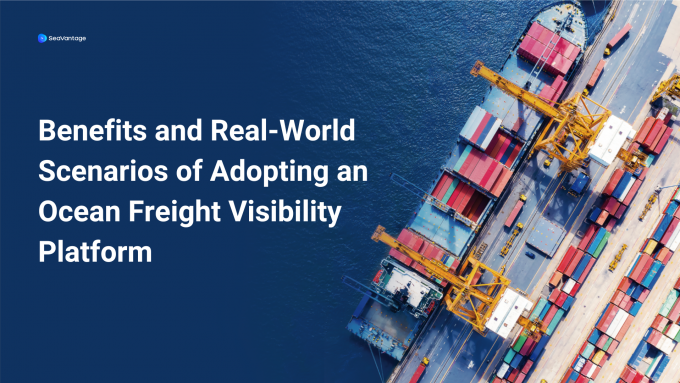The case for visibility by your customs house broker
What is visibility? Supply chain visibility refers to the ability to track and trace every shipment ...

The past few years have served as a stark reminder of the vulnerabilities in ocean supply chains. Labour shortages, material shortages, the Covid-19 pandemic, ongoing political tensions, and conflicts, to name a few, disrupted the flow of goods and services, causing uncertainty along the adjacent ...
Bad news for shippers as wave of transpacific rate increases continues
No deals with carriers, say Houthis – Red Sea safe for non Israel-affiliated ships
Rapid transpacific capacity build-up continues – can USWC ports handle it?
Schenker's Shirley Sharma Paterson moves to K+N as global head of sales
Red Sea crisis has driven most new capacity into extended Asia-Europe trades
Carriers on the hunt for open tonnage again as transpacific rates soar
Dates to watch for in the latest chapter of TACO's tariff travail
Crew forced to abandon ship in latest fire on vessel carrying EVs

Comment on this article